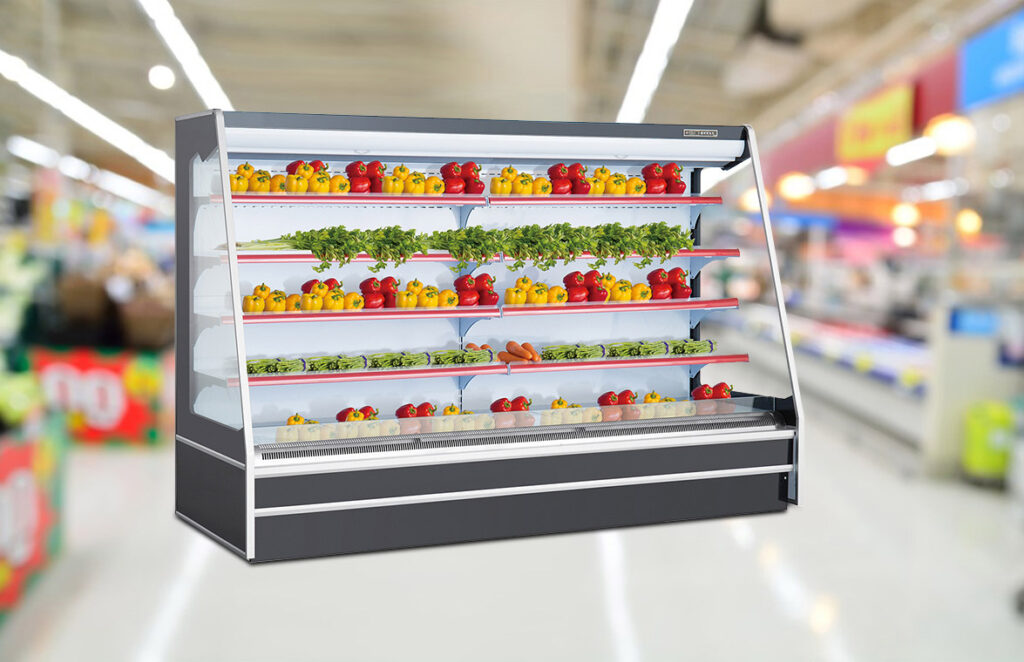In the competitive world of retail, finding cost-saving strategies is crucial for businesses to thrive. One area where retailers can make a significant impact is retail refrigeration. With proper planning and implementation, retailers can maximize the efficiency of their refrigeration systems while reducing expenses. In this article, we will explore various strategies that can help retailers achieve these goals and stay ahead in the market.
Conduct a Comprehensive Energy Audit
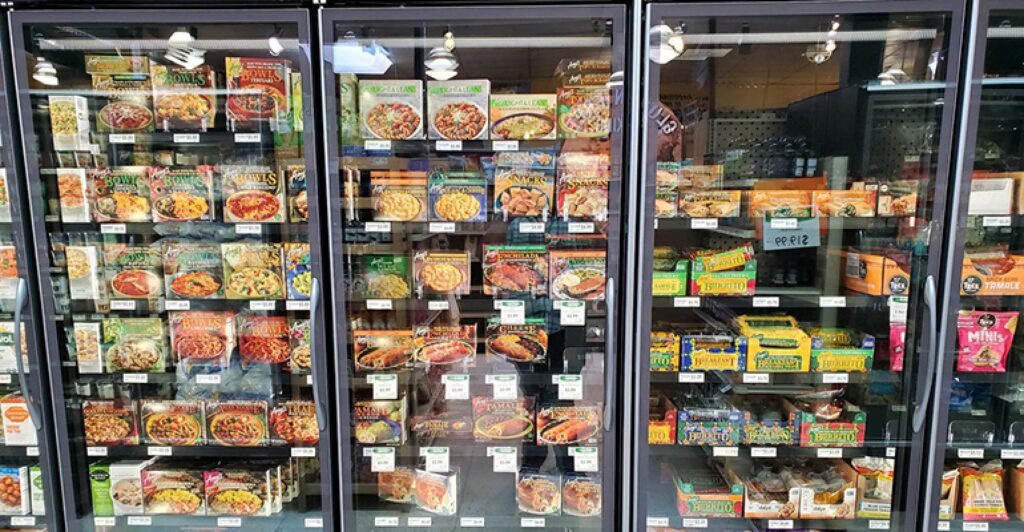
Before implementing any cost-saving measures, it is essential to conduct a thorough energy audit of your retail refrigeration system. An energy audit will help identify areas where energy consumption can be reduced and where equipment upgrades may be necessary. Consider hiring a professional energy auditor who specializes in retail refrigeration systems to ensure accurate and detailed results.
Upgrade to Energy-Efficient Refrigeration Equipment
One of the most effective ways to save costs in retail refrigeration is by upgrading to energy-efficient equipment. Energy-efficient refrigeration systems consume less energy and can significantly reduce operating expenses. Look for appliances with the ENERGY STAR label, as they meet strict energy efficiency guidelines set by the Environmental Protection Agency (EPA). By investing in energy-efficient refrigeration equipment, you can reduce energy consumption without compromising performance.
Optimize Refrigeration System Settings
Properly optimizing the settings of your retail refrigeration system can yield substantial cost savings. Adjusting temperature setpoints, defrosting schedules, and fan speeds can help improve energy efficiency. It is crucial to strike a balance between maintaining optimal storage conditions for perishable goods and minimizing energy consumption. Regularly monitor and fine-tune system settings to ensure maximum efficiency.
Implement Night Curtains or Doors
Night curtains or doors are simple yet effective solutions to reduce energy waste during non-business hours. These curtains or doors can be installed on open refrigeration cases or walk-in coolers/freezers to prevent cold air from escaping. By keeping the cool air contained, you can reduce the workload on your refrigeration system and decrease energy consumption, ultimately leading to cost savings.
Opt for LED Lighting
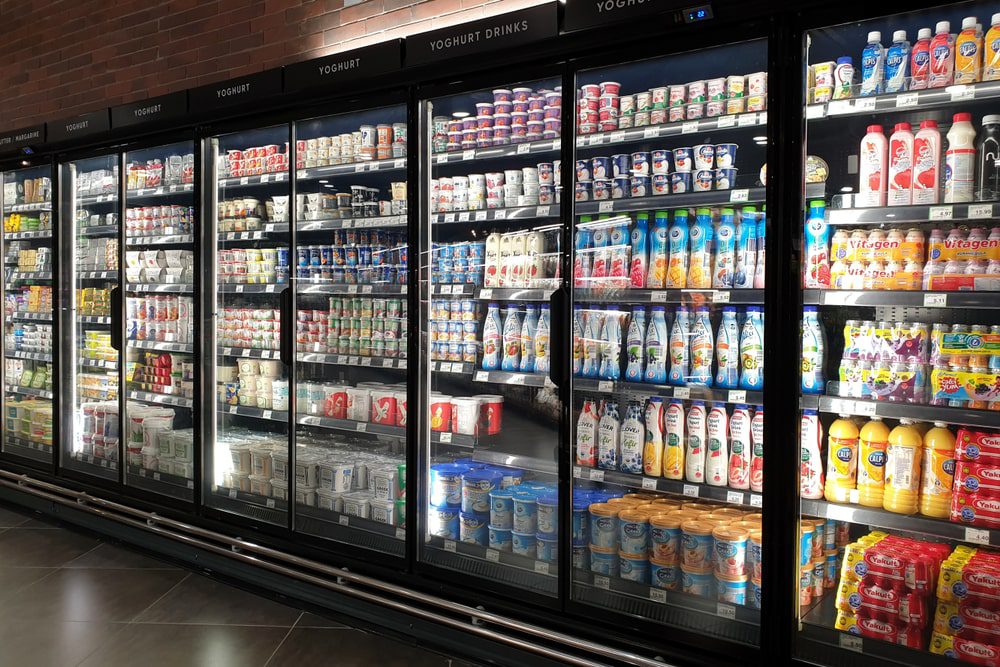
Replacing traditional lighting fixtures in your retail refrigeration area with energy-efficient LED lights can have a significant impact on energy consumption. LED lights consume less electricity, have a longer lifespan, and produce less heat compared to traditional lighting options. By making the switch, you can save on energy costs and reduce the strain on your refrigeration system’s cooling load.
Regularly Clean and Maintain Equipment
Proper maintenance and cleaning of refrigeration equipment are vital for maximizing efficiency and extending their lifespan. Regularly inspecting and cleaning evaporator coils, condenser coils, and fans will help remove dust, dirt, and debris that can hinder the equipment’s performance. Additionally, schedule routine maintenance visits with qualified technicians to identify any potential issues early on and prevent costly breakdowns.
Optimize Refrigeration System Layout
The layout of your retail refrigeration system can also impact its efficiency and overall energy consumption. Design the layout in a way that minimizes heat sources near refrigeration units, such as HVAC vents or direct sunlight exposure. Adequate airflow around the equipment is essential to maintain optimal operating conditions. By optimizing the system layout, you can enhance energy efficiency and reduce unnecessary expenses.
Consider Heat Recovery Systems
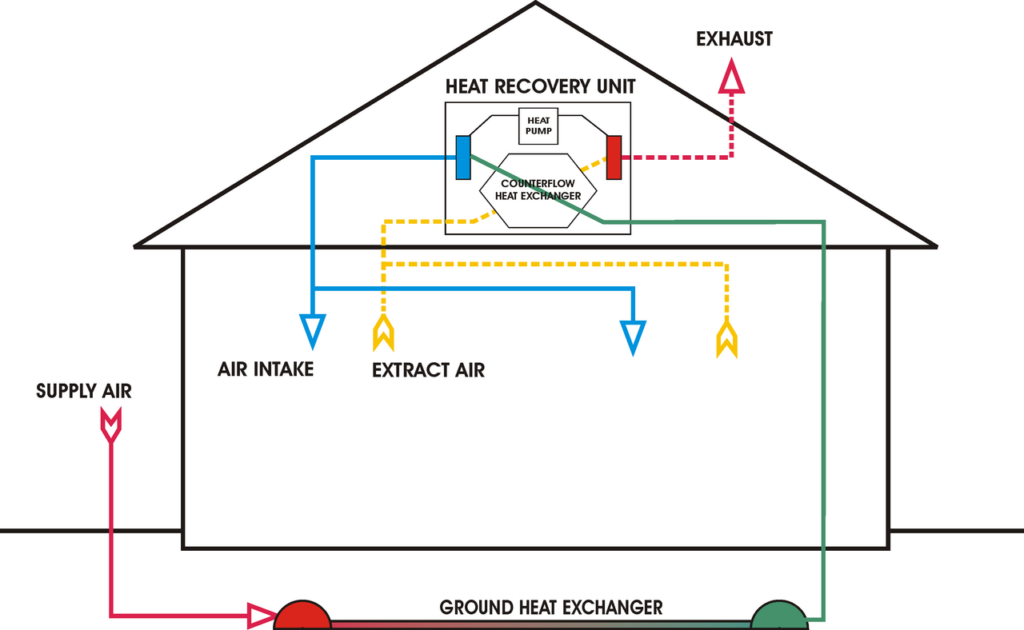
Heat recovery systems are innovative solutions that can further optimize energy usage in retail refrigeration. These systems capture waste heat generated by the refrigeration process and repurpose it for other applications, such as space heating or hot water generation. Implementing a heat recovery system can reduce reliance on conventional heating methods, leading to substantial energy savings.
Train Employees on Energy-Saving Practices
Educating and training your employees on energy-saving practices can significantly contribute to cost savings in retail refrigeration. Make sure your staff understands the importance of keeping refrigerator doors closed, using night curtains, and reporting any maintenance issues promptly. By fostering an energy-conscious culture within your organization, you can achieve long-term efficiency and cost reductions.
Monitor and Analyse Energy Consumption
To ensure continuous improvement and identify potential areas for further optimization, it is crucial to monitor and analyse your retail refrigeration system’s energy consumption. Utilize energy management software or smart meters to track energy usage patterns, identify anomalies, and implement targeted improvements. Regularly reviewing energy consumption data will provide insights into areas that require additional attention or adjustments.
Government Incentives and Energy Efficiency Programs
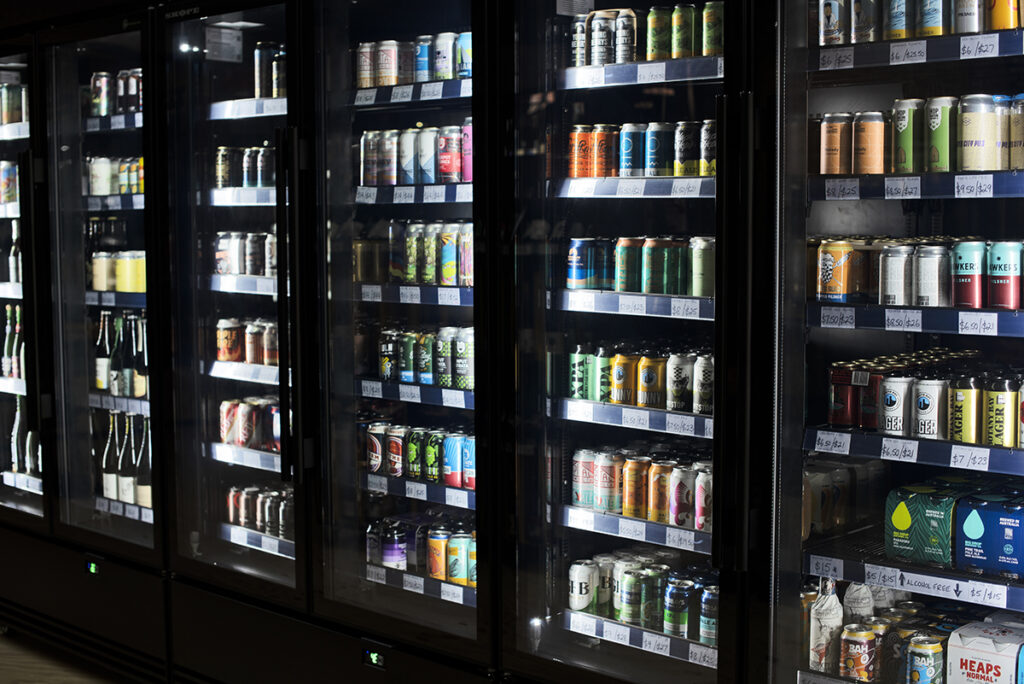
Government incentives and energy efficiency programs play a crucial role in promoting sustainable practices and reducing energy consumption in various sectors, including retail refrigeration. These programs aim to encourage businesses to adopt energy-efficient technologies and practices by providing financial support and incentives. Such incentives may include rebates, grants, tax credits, and deductions, which can significantly offset the costs of implementing energy-saving measures. Additionally, governments often collaborate with utility providers to offer specialized programs and resources that assist businesses in optimizing their energy usage. By leveraging these incentives and participating in energy efficiency programs, retailers can not only reduce their environmental impact but also realize substantial cost savings over the long term.
Conclusion
In the fiercely competitive retail industry, cost-saving strategies play a pivotal role in sustaining profitability and staying ahead of the competition. By implementing the cost-saving strategies mentioned in this article, retailers can maximize the efficiency of their retail refrigeration systems while reducing expenses. From conducting energy audits and upgrading equipment to optimizing system settings and training employees, each strategy contributes to long-term cost savings. Remember, embracing energy efficiency not only benefits your bottom line but also promotes environmental sustainability. Take the necessary steps today and unlock the potential for cost savings and a greener future.

